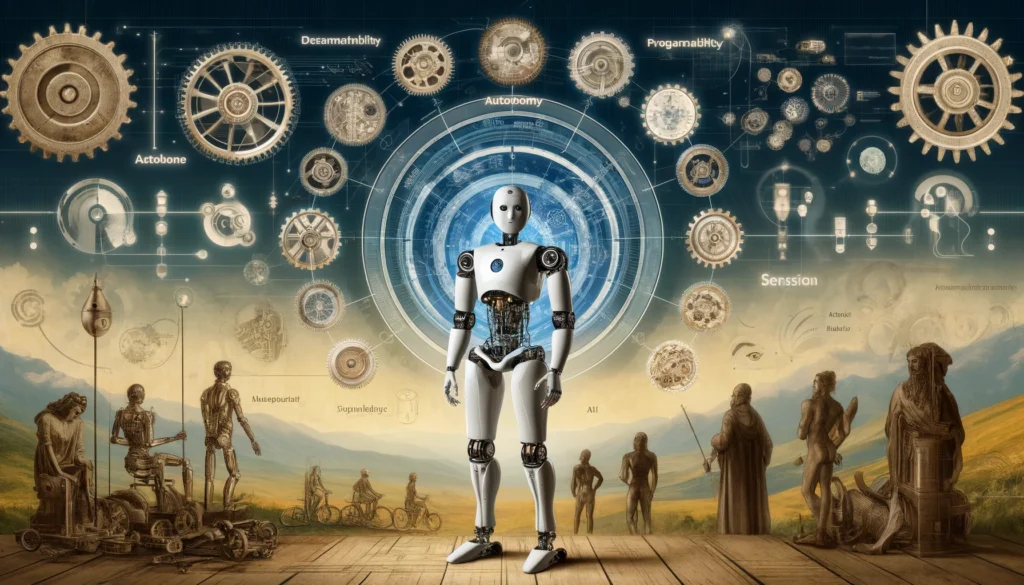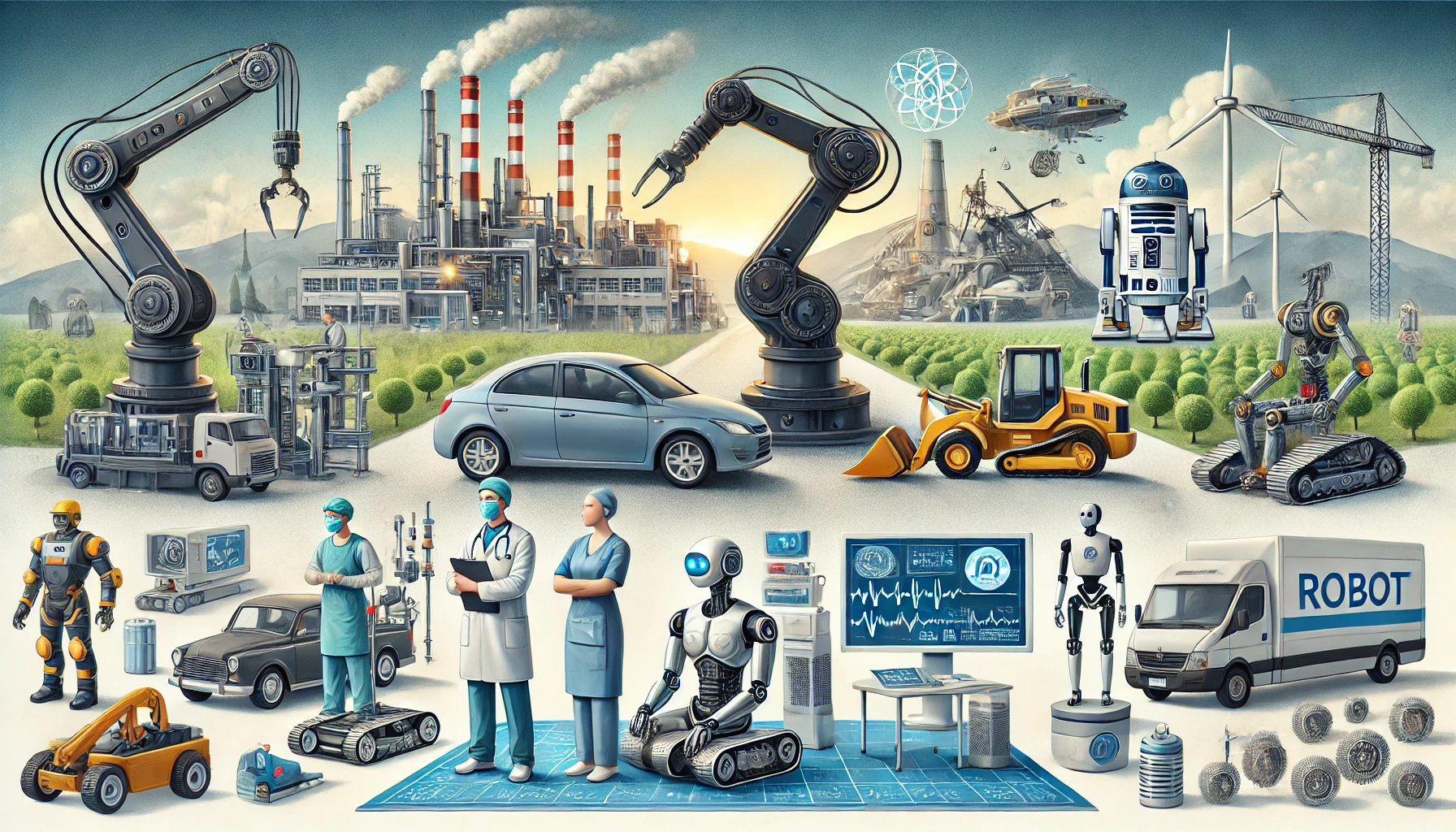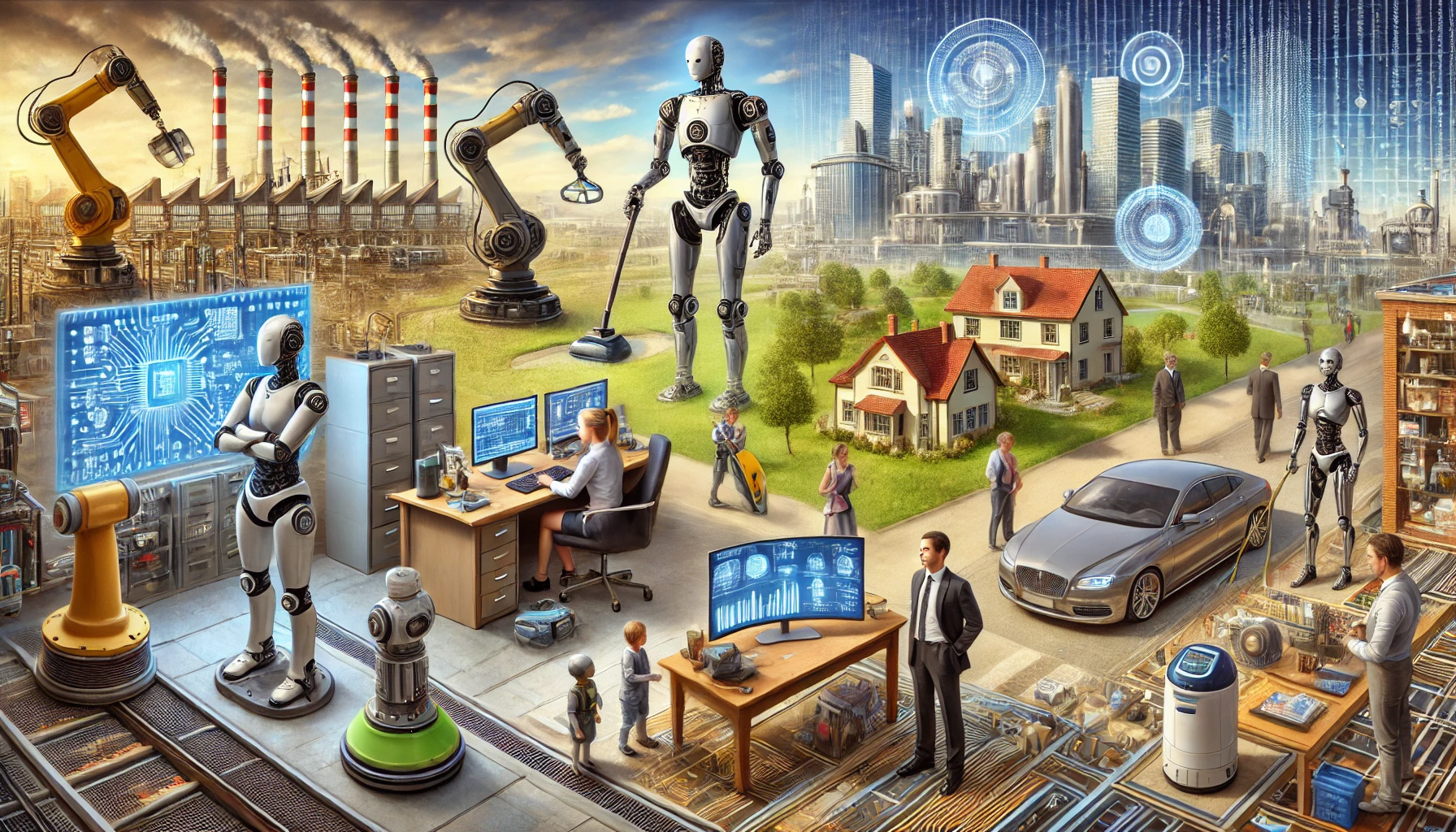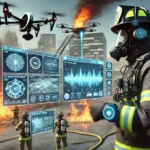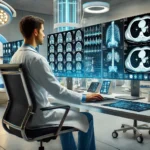Robots have become an integral part of our lives, blending seamlessly into industries, healthcare, and even household settings. A robot, in simple terms, is a programmable machine capable of carrying out tasks traditionally performed by humans. Whether it’s assembling cars on a production line or assisting during surgical procedures, robots are reshaping how the world functions. This article dives into the fascinating world of robots, exploring their definition, technological advancements, and their impact on society.
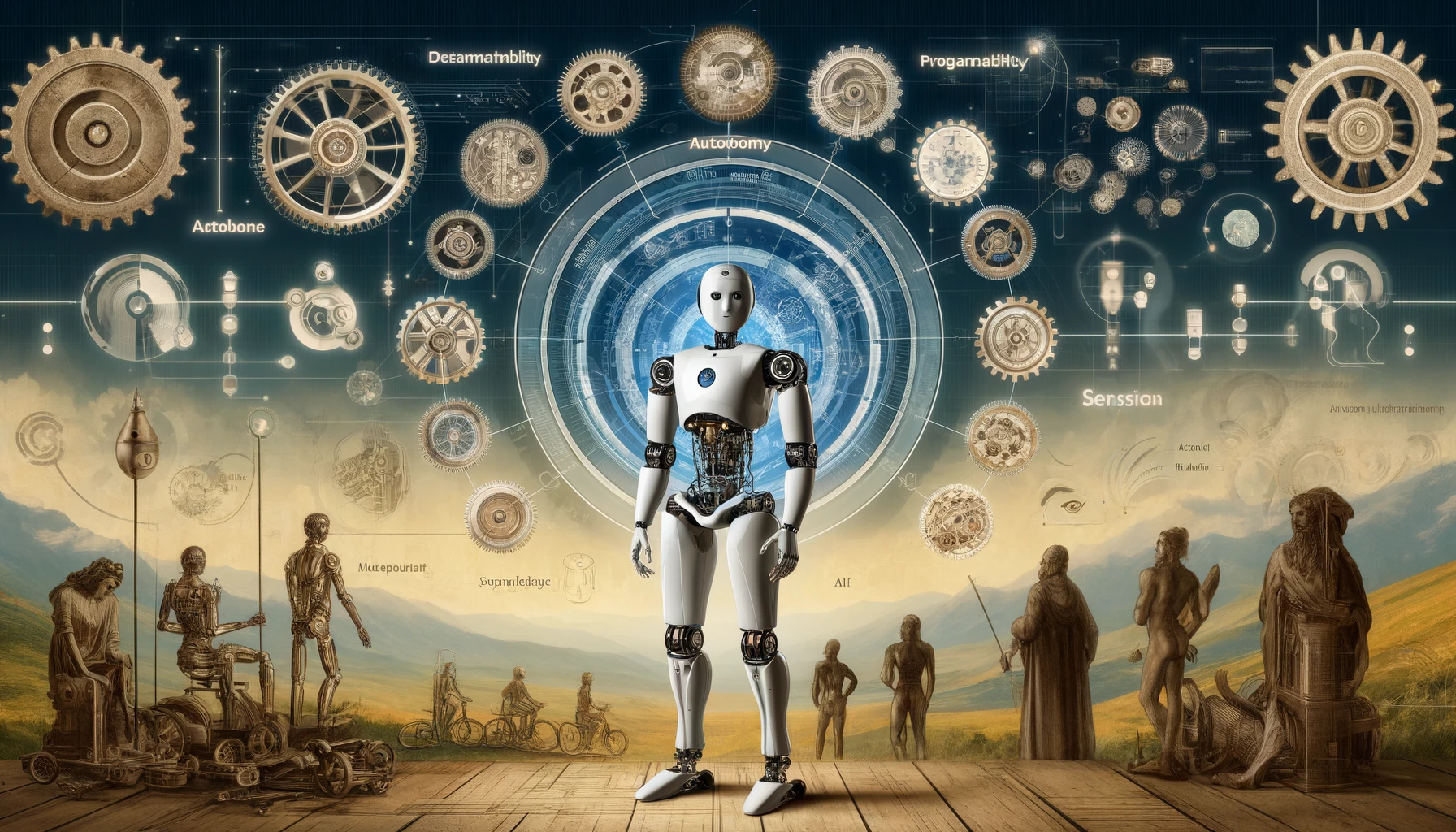
What is a Robot?
A robot is an advanced machine designed to perform specific tasks, either autonomously or with human guidance, through highly sophisticated programming and mechanical components. Robots have become an essential part of modern life, aiding in everything from industrial manufacturing to personal assistance. Their ability to carry out tasks with precision and efficiency has made robots indispensable tools in various industries and everyday settings.
Understanding the Definition of a Robot
The term “robot” originates from the Czech word “robota,” meaning forced labor. At its core, a robot is a machine built to execute commands. Robots integrate hardware and software systems that enable them to interact with their environment, process data, and perform tasks. Modern robots range from simple mechanical devices to highly complex AI-driven systems capable of making decisions without constant human input.
The Evolution of Robots Through History
Robots have a fascinating history, with their origin dating back to ancient times when mechanical devices were created to entertain or serve functional purposes. Early examples include automatons designed by inventors such as Leonardo da Vinci. Fast forward to the 20th century, advancements in electronics and computing ushered in the era of programmable robots. Today, robots are evolving at a rapid pace, thanks to breakthroughs in artificial intelligence and machine learning.
Key Characteristics That Define a Robot
Several characteristics distinguish robots from other machines:
Autonomy – Operates independently or semi-independently.
Programmability – Executes tasks based on given instructions.
Sensing and Perception – Uses sensors to perceive its surroundings.
Interaction – Interacts physically or digitally with objects or environments.
How Do Robots Function?
Robots are complex machines powered by various components and systems working in harmony to perform intended tasks.
The Core Components of a Robot
A robot has several core components that enable it to function effectively.
Sensors and Data Collection
Sensors allow robots to collect information about their environment. These sensors, such as cameras, microphones, and proximity detectors, provide vital data that a robot uses to decide its next action. For example, a robot vacuum uses sensors to detect obstacles and avoid bumping into furniture.
Actuators and Movements
Actuators are the mechanical parts responsible for movement. They convert electronic signals into motion, allowing robots to perform tasks like lifting, gripping, or walking. Actuators can be powered by electricity, hydraulics, or pneumatics, depending on the robot’s application.
Control Systems and AI Integration
Control systems act as the robot’s brain, processing input from sensors to generate actions. With advancements in artificial intelligence (AI), control systems now allow robots to learn, adapt, and perform complex tasks efficiently.
How Robots Process Commands
Robots follow a structured process for decision-making. First, they use sensors to collect input data. This data is analyzed by the control system, which then determines the appropriate action. The action is executed through actuators, completing the task.
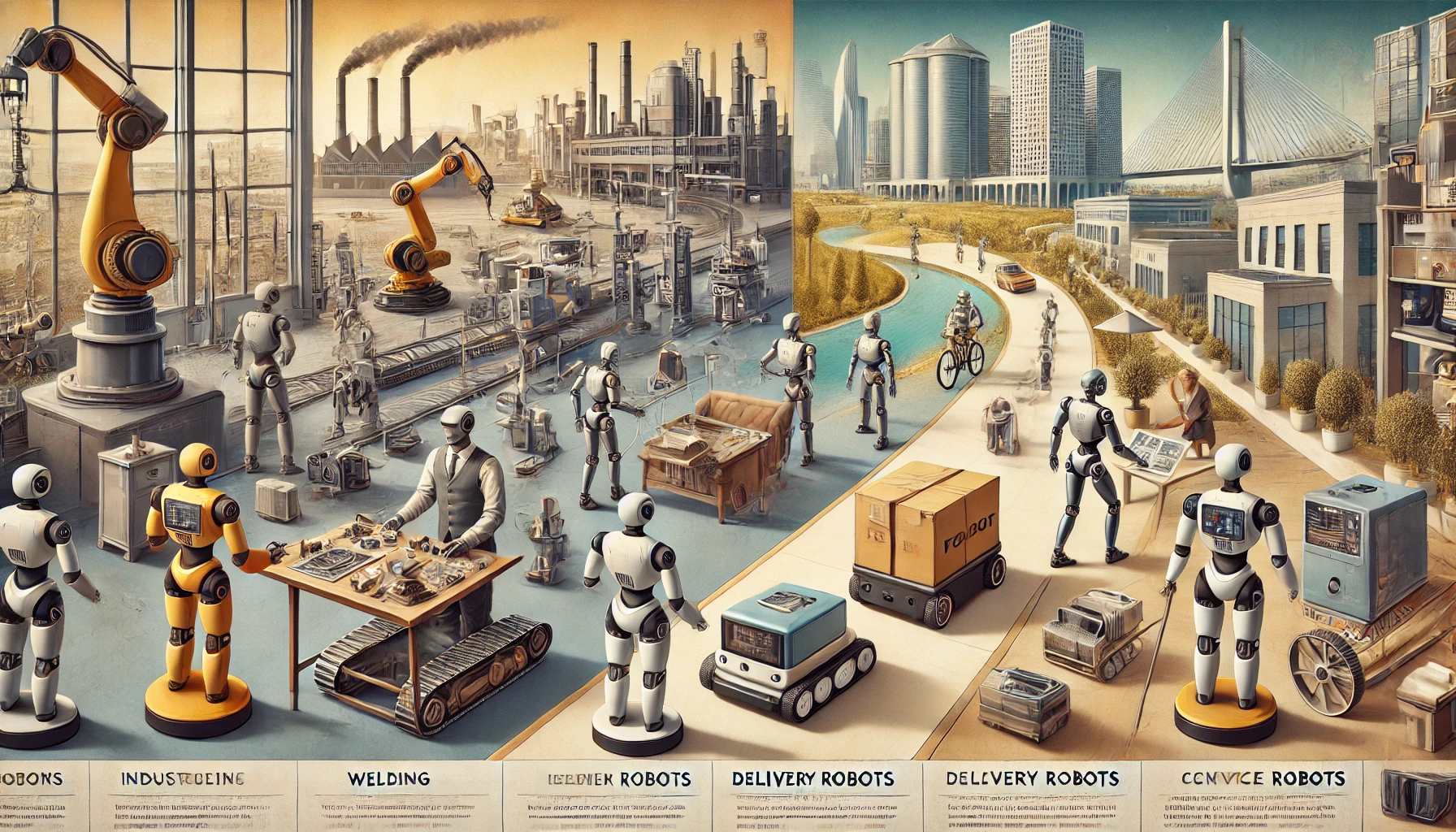
The Different Types of Robots
The field of robotics features a wide variety of robots, each designed to serve specific purposes.
Industrial Robots and Their Role in Manufacturing
Industrial robots are essential in manufacturing settings, known for their speed, accuracy, and ability to work tirelessly. These robots perform repetitive tasks like welding, assembly, and packaging, reducing human error and increasing productivity.
Service Robots in Daily Life
Service robots are designed to assist humans in different settings, such as homes, offices, and hospitals. Examples include robotic vacuum cleaners, delivery robots, and concierge robots in hotels. They enhance convenience and efficiency by handling routine or time-consuming tasks.
Autonomous Robots and Their Capabilities
Autonomous robots can perform tasks without human intervention, navigating and adapting to their surroundings independently.
Examples of Autonomous Robots
Autonomous robots include drones that survey large areas, self-driving cars navigating traffic, and robots used in agriculture to manage crops with precision. These robots are programmed with advanced algorithms to make decisions in real-time.
Humanoid Robots vs. Specialized Robots
Humanoid robots mimic human appearance and movements, often used for research, customer interaction, or entertainment. Specialized robots, on the other hand, are customized for specific tasks, like surgical robots in healthcare or robotic arms used in factories.
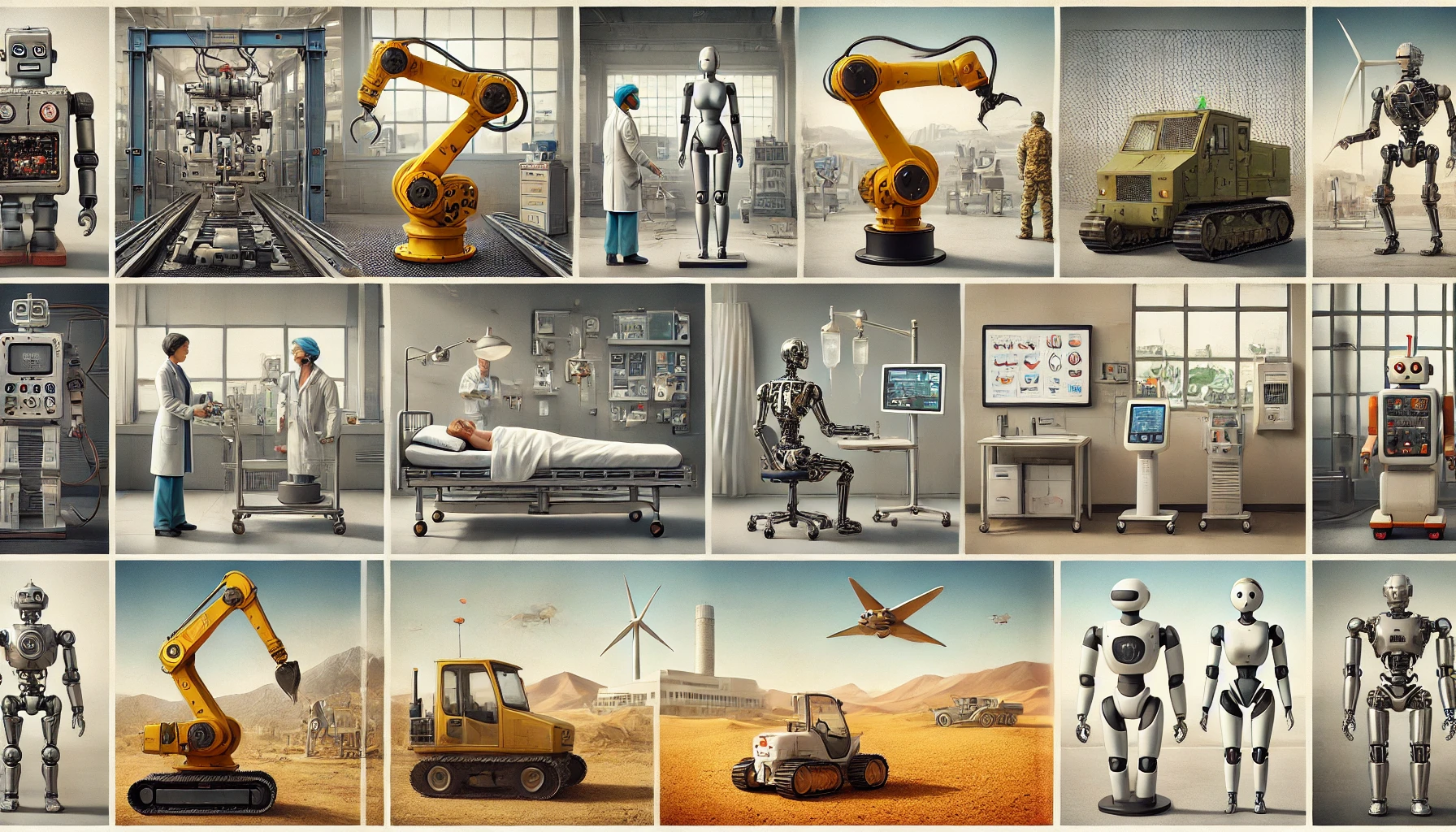
Common Applications of Robots Today
Robots have become integral to multiple industries, contributing to different aspects of modern life.
Robots in Manufacturing and Automation
Manufacturing has benefited immensely from robots’ precision and speed. Assembly lines now rely heavily on robotic systems for tasks such as assembling parts, quality inspection, and packaging goods.
Medical Robots in Healthcare
Robots are revolutionizing the healthcare sector. Surgical robots assist doctors in performing delicate procedures with better precision. Similarly, robotic exoskeletons aid patients in rehabilitation, and robotic dispensers improve pharmaceutical service.
Robots in the Military and Defense Industries
Robots are extensively used in defense for tasks like surveillance, explosive disposal, and combat support. For instance, unmanned aerial vehicles (UAVs) gather intelligence in potentially dangerous zones without risking human lives.
Personal Robots for Home Use
From robotic vacuum cleaners to AI-powered assistants like robotic pets, personal robots are becoming more popular. These robots simplify daily tasks, provide companionship, or enhance security through features like smart surveillance.
Emerging Technologies in Robotics
Artificial Intelligence and Machine Learning in Robotics
Artificial intelligence (AI) is at the heart of modern robotics. It enables robots to learn from their environments, adapt to changes, and perform tasks more efficiently. Machine learning allows robots to analyze data, recognize patterns, and improve performance over time. For example, self-driving cars rely on AI to make real-time decisions about speed, direction, and obstacle avoidance, pushing the boundaries of automation.
The Role of 5G in Advancing Robotics
The rollout of 5G is revolutionizing robotic technology by enhancing connectivity. With faster data transmission and reduced latency, robots can operate in real-time with greater precision. This is particularly important for applications like remote surgeries, where even a split-second delay can have serious consequences. The 5G network ensures seamless communication between devices, enabling collaborative robots to work together more efficiently.
The Impact of IoT on Robot Functions
The Internet of Things (IoT) is another game-changer for robots. IoT connects robots to a network of devices, enabling them to share data and work collaboratively. For instance, in smart warehouses, IoT-powered robots can coordinate with sensors to streamline inventory management and ensure timely deliveries. This integration makes robots smarter and more adaptable to dynamic environments.
The Benefits of Using Robots
Efficiency and Productivity in Industries
Robots drastically improve efficiency and productivity across various industries. In manufacturing, robots handle repetitive tasks like welding, painting, and assembling with speed and accuracy, reducing production time and costs. For example, automotive companies use robotic arms to build vehicles faster and with fewer errors than human labor alone.
Safety and Accuracy in Hazardous Tasks
Robots excel in aenvironments where human safety is at risk. They can work in extreme temperatures, toxic conditions, or high-pressure situations without compromising task accuracy. For instance, robots are widely used in mining and bomb disposal, performing hazardous jobs while keeping humans out of harm’s way.
Enhancing Human Life Through Robotic Assistance
From healthcare to personal assistance, robots have improved the quality of life for countless individuals. Medical robots aid in surgeries with precision, while robotic exoskeletons help people with mobility issues regain independence. Personal robots, like vacuum cleaners or virtual assistants, simplify daily tasks, allowing people to focus on what truly matters.
Ethical and Social Questions About Robots
The Debate on Robot Use in Job Markets
While robots boost productivity, there’s an ongoing debate about their impact on jobs. Automation has replaced certain roles, particularly in manufacturing, leaving workers to seek opportunities in less automated fields. However, some argue that robots create new job categories, such as programming, maintenance, and operation of robotic systems.
Addressing Privacy Concerns with Robot Data Collection
With robots integrated into homes and workplaces, privacy concerns have arisen regarding the data they collect. Intelligent robots equipped with cameras and sensors can monitor activities, raising questions about data security and how information is used. Striking a balance between innovation and privacy protection is crucial for long-term societal acceptance.
Robots and Human Interaction in Society
As robots become more prevalent, society is adjusting to interacting with these machines. For example, humanoid robots are now providing customer service in retail settings. While efficient, the lack of empathy in robots often leads to mixed feelings among individuals. Understanding and improving these interactions are key to the future of robotics.
The Future of Robots
Innovations That Will Shape the Future of Robotics
The robotics field is evolving rapidly, with advancements like soft robotics and autonomous vehicles redefining possibilities. Soft robots, designed to mimic living organisms, are being developed for search-and-rescue missions and medical procedures. Meanwhile, autonomous drones and delivery robots are finding applications in logistics and e-commerce, transforming the way goods are transported.
Potential Challenges and Risks in Adopting Advanced Robots
While innovations are promising, challenges like high initial costs, ethical dilemmas, and the risk of over-dependence on robots must be addressed. For instance, concerns over robots replacing human decision-making in areas like healthcare and military operations are growing. Balancing these risks with benefits is crucial to fostering trust in robots.
How Robots Could Transform Everyday Life
From self-cleaning homes to robotic assistants that manage schedules, the future of robots is bright. Innovations in artificial intelligence could lead to robots capable of emotional intelligence, helping with mental health issues or offering companionship. Increased accessibility and affordability will allow robots to become staples in households, transforming how we approach daily routines.
Final Thoughts on Robots and Their Impact
Robots are versatile machines designed to improve efficiency, safety, and quality of life across various sectors. They excel in industries like manufacturing, healthcare, and logistics, while emerging technologies enhance their potential further for futuristic applications.
1. What is a robot, and how is it different from other machines?
A robot is a programmable machine designed to perform tasks autonomously or with human guidance. Unlike standard machines, robots integrate advanced technologies like sensors, actuators, and control systems that allow them to interact with their environment, adapt to changes, and execute tasks with precision and efficiency.
2. What are the key components that enable a robot to function effectively?
Robots rely on core components, including:
- Sensors for collecting environmental data (e.g., cameras, proximity detectors).
- Actuators that convert signals into movement.
- Control systems powered by software and, increasingly, artificial intelligence to process data and make decisions.
3. What ethical concerns surround the increasing use of robots in daily life?
Ethical concerns include:
- Job displacement due to automation in industries.
- Privacy risks from data collected by robots, especially in homes and workplaces.
- Over-reliance on robots, raising questions about human decision-making in critical areas like healthcare and military operations.
4. How is emerging technology, like AI and 5G, shaping the future of robotics?
Artificial intelligence allows robots to learn, adapt, and make real-time decisions, while 5G improves connectivity, enabling faster data transmission and real-time operations. These technologies enhance the capabilities of robots, making them more efficient, autonomous, and applicable across diverse fields such as logistics, healthcare, and smart homes.
5. Why Are Robots Essential for the Modern World?
Robots are not just a luxury; they are a necessity in advancing modern society. Their ability to perform tasks faster, more safely, and more accurately than humans makes them indispensable in today’s world. By addressing the ethical and social challenges they pose, we can fully harness their potential to improve lives and drive innovation.

